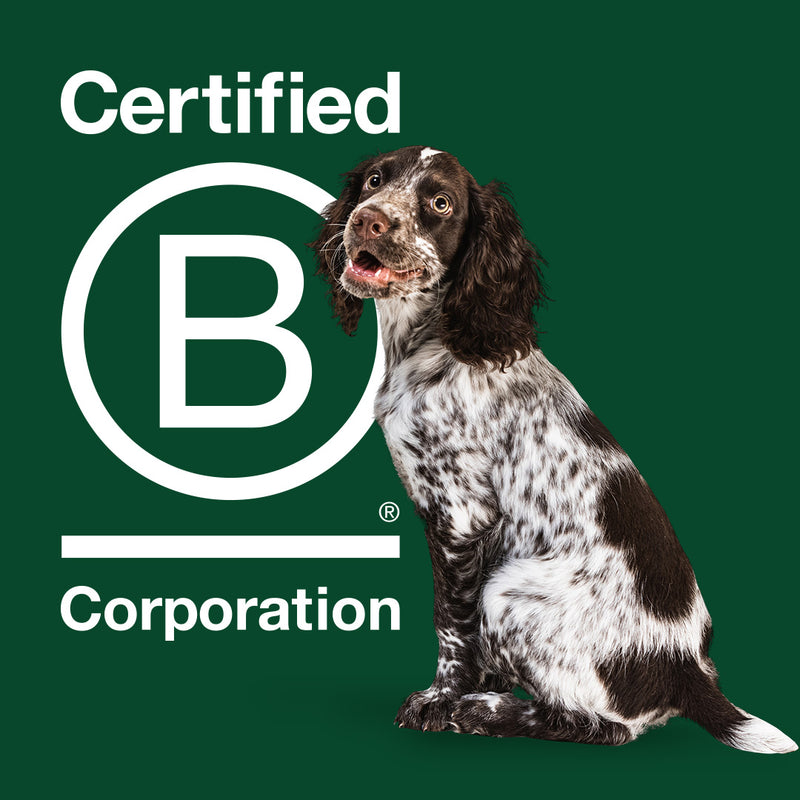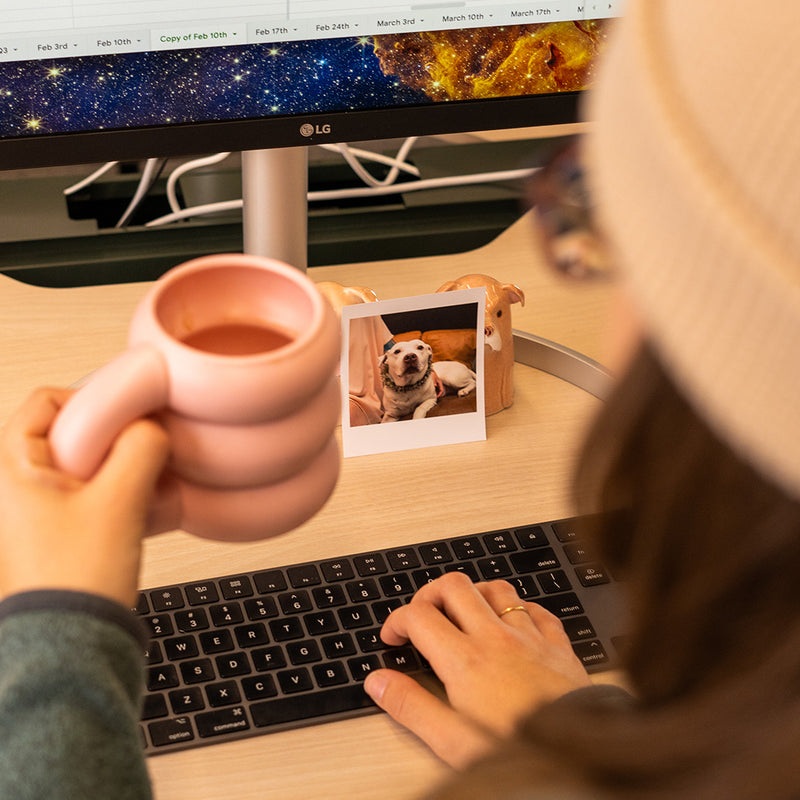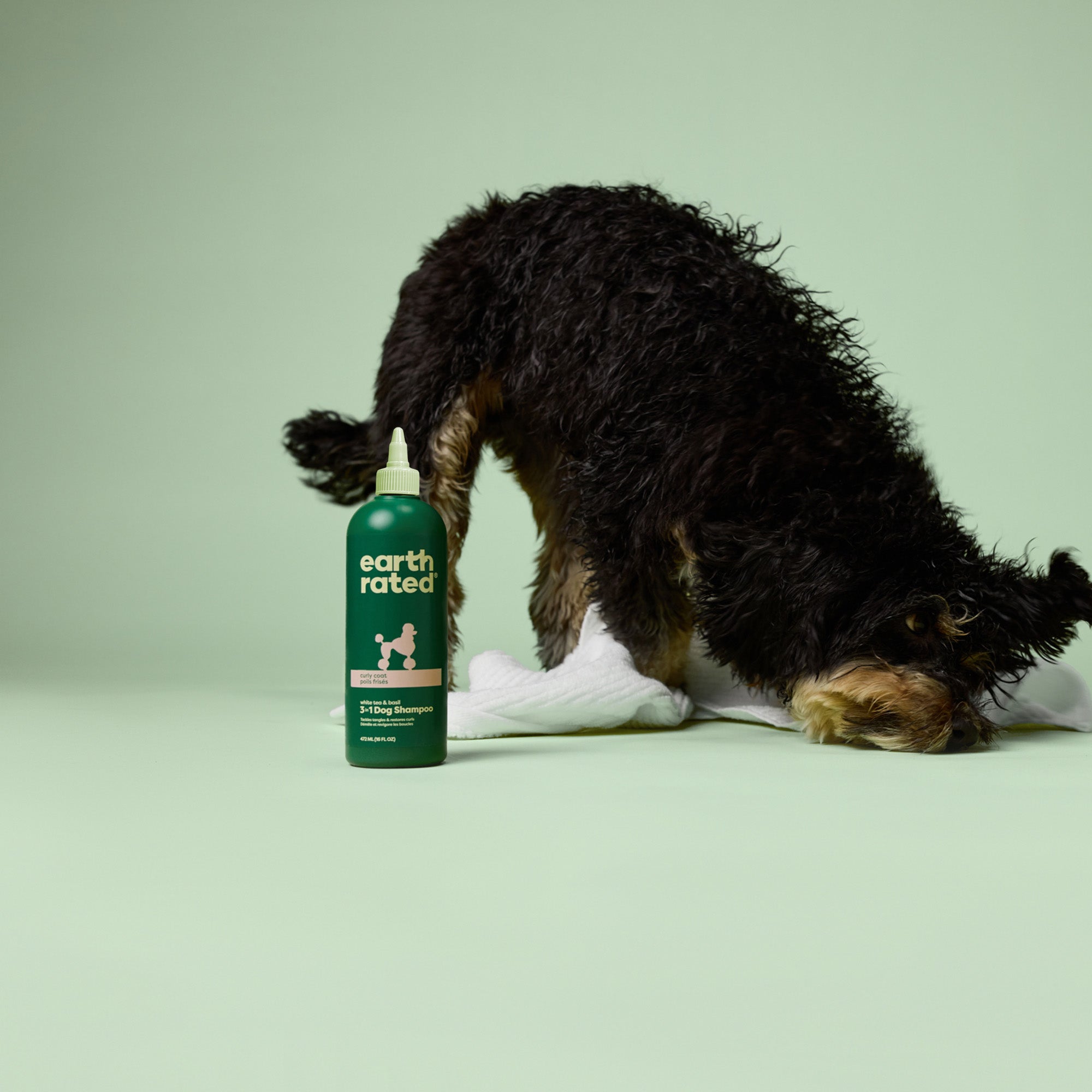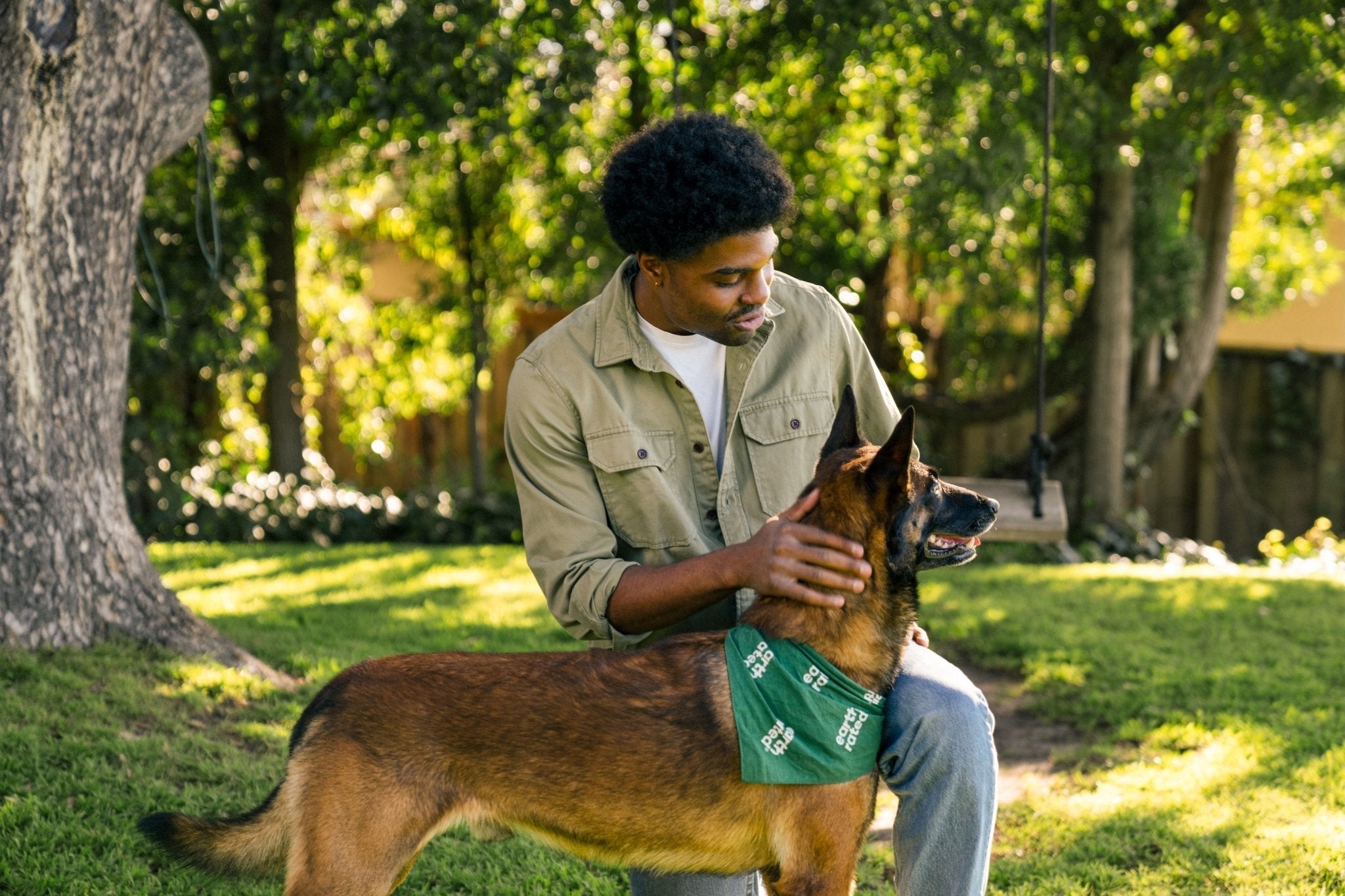
Now that you've learned the signs of fear in dogs, there are steps you can take to make your interactions with them go a little smoother. We asked Sébastien, a certified positive reinforcement dog trainer from Bravo Fido, for his top tips for interacting with anxious dogs:
1. Learn about dog body language. Getting a basic understanding of stress signs and postures will help you see when a dog is uncomfortable and reduce the risk you put pressure on a pup who's not ready for close contact!
2. Keep your distance from anxious dogs and pretend they're not there. This might feel counterintuitive since our first reflex would be to soothe and comfort them. For an anxious dog, however, looks, speech, or touches from a stranger can be highly distressing. If you're around an anxious dog, always give him lots of room when moving around and avoid looking, speaking, or touching him. Let the dog observe you from afar and wait for them to make the first move toward you.
3. Treats galore! If you want to befriend an anxious dog, it might help to toss a treat to them without looking. Check with the dog's owner for appropriate foods and whenever you walk by, ignore the pup but toss them a tasty snack. Over time, the dog will learn that you're a cool person who also happens to be a treat dispenser.
Through all this, be patient. The dog gets to decide when and how they wish to befriend you (or not!). Some shy dogs, once feeling safe, will become your best buds. Others will be comfortable around you but aloof and that's ok too! With these tips, you'll be set up for success either way.











